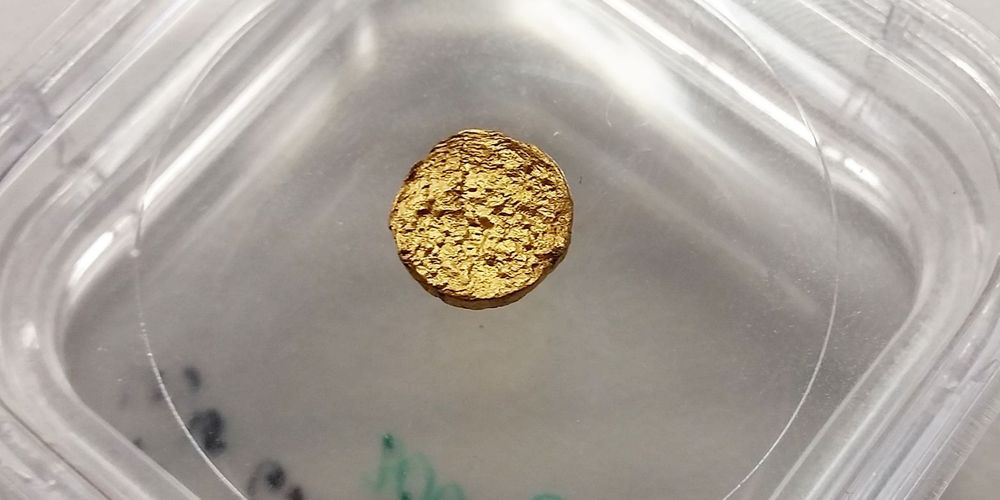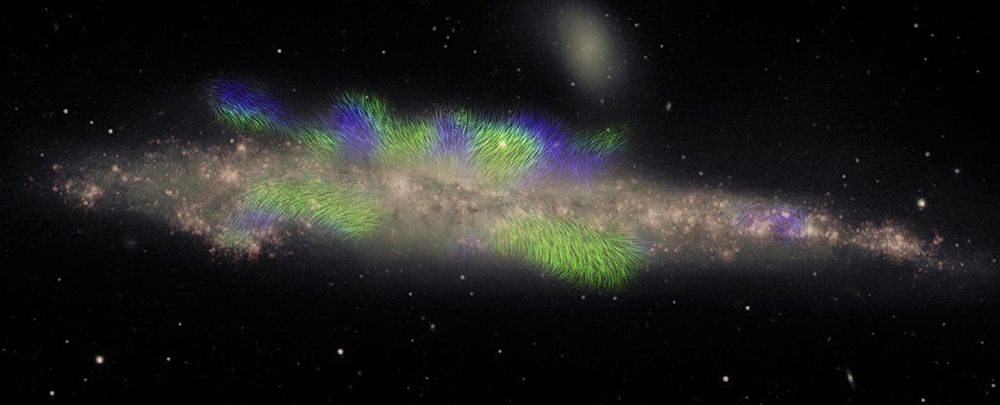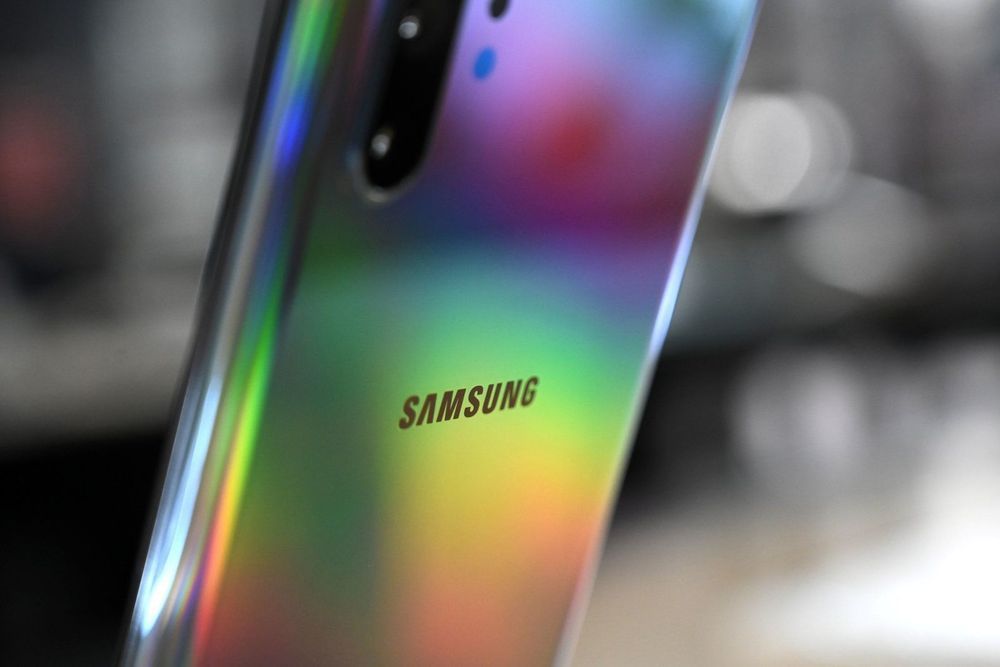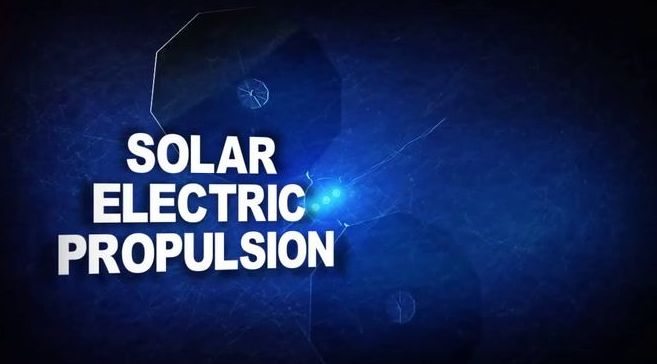ANN ARBOR, Mich. — Given the option, would you avoid the gym altogether and simply pop a pill or drink a supplement that brings about the same benefits as a workout? It sounds farfetched, but the idea of lounging around all day yet still enjoying the health benefits of an intense workout may soon be possible. While there are still many details to be worked out, researchers at the University of Michigan say that the naturally occurring protein Sestrin appears to mimic the effects of exercise on both flies and mice in experimental trials.
These findings could have far reaching implications across the fitness, medical, and scientific fields. For instance, Sestrin could conceivably help individuals unable to work out due to old age or health problems maintain their muscles.
“Researchers have previously observed that Sestrin accumulates in muscle following exercise,” explains Myungjin Kim, Ph.D., a research assistant professor in the Department of Molecular & Integrative Physiology, in a release.








